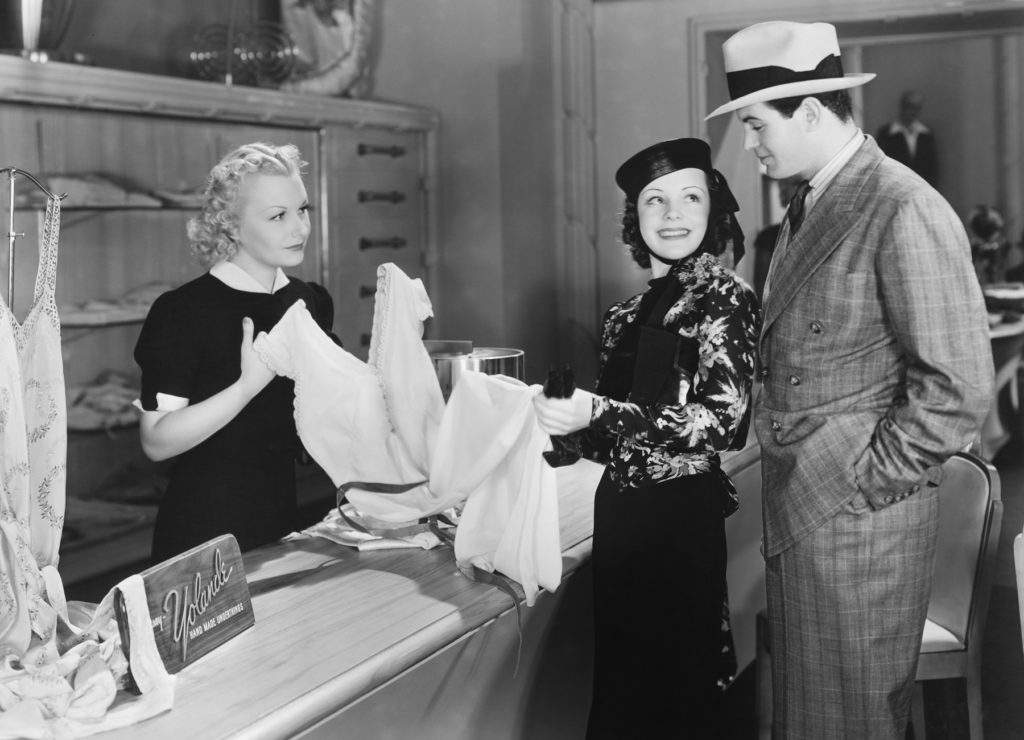All too often, businesses compare their product or service with their competitors in marketing campaigns which might on the face of it seem logical, but often means they miss out on communicating the value of their offer directly to their customers.
When businesses use statements that compare costs or features to another product or service, what they are essentially doing is hinging their marketing message on another brand’s perception. The customer may not even be aware of the alternative offer, so this will either confuse them or encourage them to find out more about the competition. It also places your competitor on a podium, positioning them as the one that everyone’s trying to beat. No customer likes to settle for second best but more importantly, your marketing will completely sidestep communicating the value of your product or service and opportunities will be lost.
Big corporates have in the past, taken the comparison approach with the likes of Hungry Jacks going head to head with McDonalds and Dove challenging Pantene. Does this make them more attractive to customers or are companies such as Specsavers with their compelling ‘should have gone to’ viral campaign which has since become part of our everyday language, positioning their brand in a more favourable light to customers?
By effectively showcasing the benefits however, businesses can maximise their chances of cutting through what is likely to be a crowded market and reach a new audience. A biproduct of this is that you will further reinforce why existing customers should remain loyal, rather than switching to a competitor’s brand.
So how do you ensure you implement marketing campaigns which have the greatest chance of communicating your competitive advantage or value? We have put together our top five tips to maximise the return on your investment.
1. Go beyond selling a product or service
This may sound counterproductive, but it is important to keep in mind that many businesses offer enhanced lifestyle solutions which go way beyond what their customers are purchasing. Think about what doing business with you will allow your audience to achieve and how it will help their lives. By making an emotional connection, you increase the chances of action being taken and a transaction occurring.
Consider for example, infomercials. Love them or hate them, we are all familiar with the many and varied products which claim to enrich our lives by enabling us to seem more attractive or healthy to others. They don’t focus on the quality of the product or how many years they have been in business – instead they appeal to the basic human desire of being happy.
2. Avoid the ‘so what?’ factor
If people feel unable to connect with your product or service, they will not engage with it. This tip is all about identifying what your audience cares about rather than what is important to your business. For example, people do not want to buy cookbooks, they want to have their friends and family over for dinner and enjoy a wonderful evening together over the delicious food you have prepared by following a recipe.
3. Identify your competitor advantage
All businesses have competitors, even if you have a unique product or service. Imagine you have $100 to spend on cushions – you could spend your money anywhere whether it is at a major department store, a local business who makes them all by hand, or even through Facebook Marketplace. Cushions are cushions but by appealing to your audience and effectively communicating your advantage, all of a sudden, you aren’t selling a cushion at all, you are selling the benefit of your cushion.
In the case of the bigger stores, it could be the breadth of cushions available or for the smaller hobby businesses, it could be that each cushion is different, or made specifically for you from fabric of your choosing. It’s all about successfully communicating these things through effective storytelling and communication that will ensure your cushion is noticed by those who are looking for the benefits you provide.
4. Solve a problem
This is a tried and tested approach which starts with identifying a problem and offering a solution. We’ll use the example of a business which sells pens to demonstrate how it is possible to reframe the way you think about your messaging.
Pitch one: These pens are the best on the market – they write really well, the ink lasts forever and they are available in ten colours.
That all sounds lovely but you could find yourself right back at the ‘so what?’ situation described in tip two. Instead, try to reframe your thought process and develop messaging which connects to your audience.
Pitch two: If there was a pen available which was a pleasure to write with, didn’t need to be replaced every few weeks and matched your desk accessories, would you be interested?
Pitch two doesn’t say anything different, it’s just presented in a different manner.
5. Know your audience
This is essential and arguably, the most important step to developing a successful marketing campaign – make sure you know your audience. You can’t sell to everybody so instead, identify who your core customers are and follow the rest of our tips to make sure you appeal directly to them. Find out what they like, what their purchasing behaviours are and how what you have to offer, can benefit their lives.

